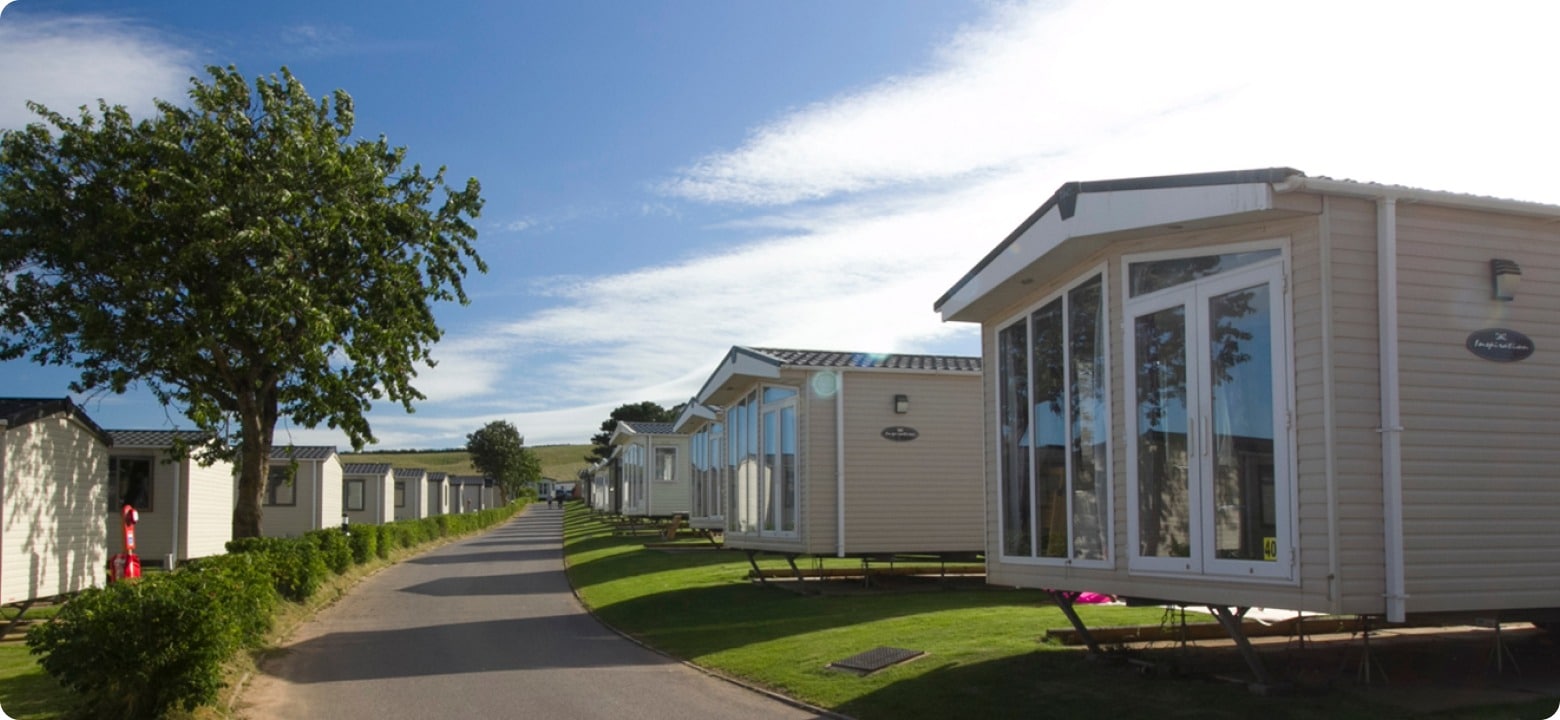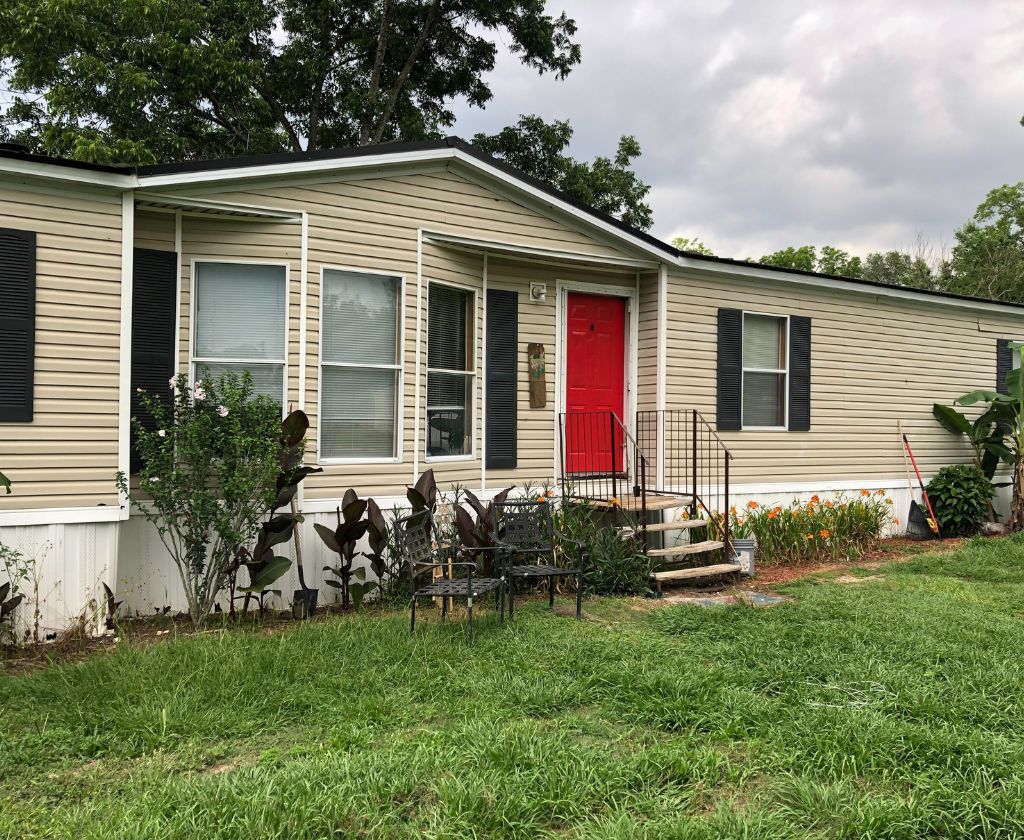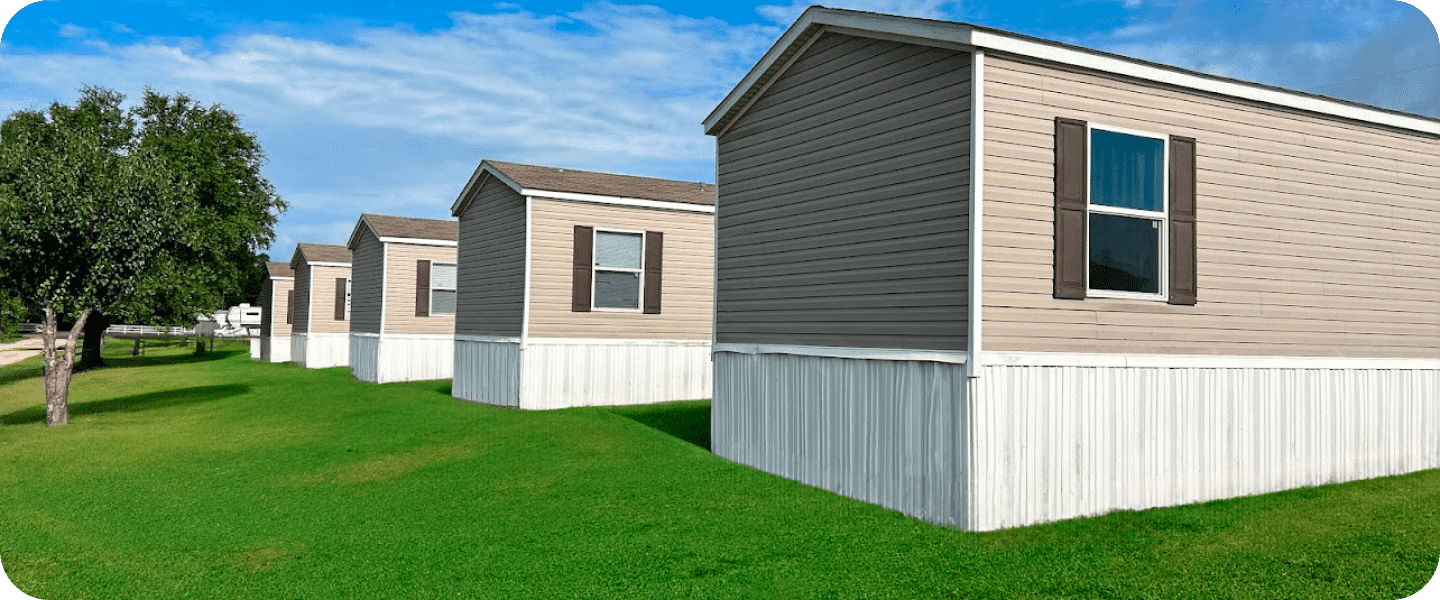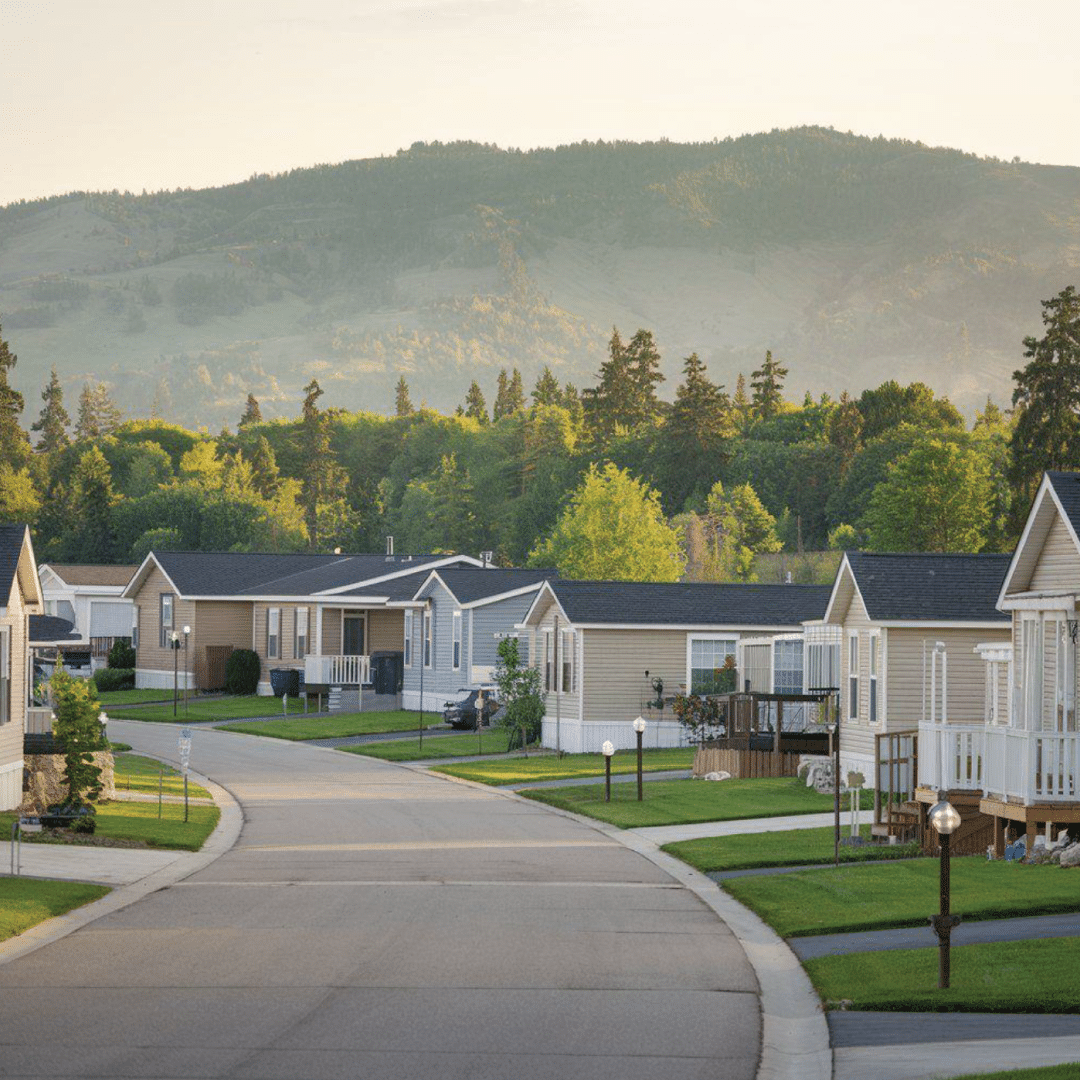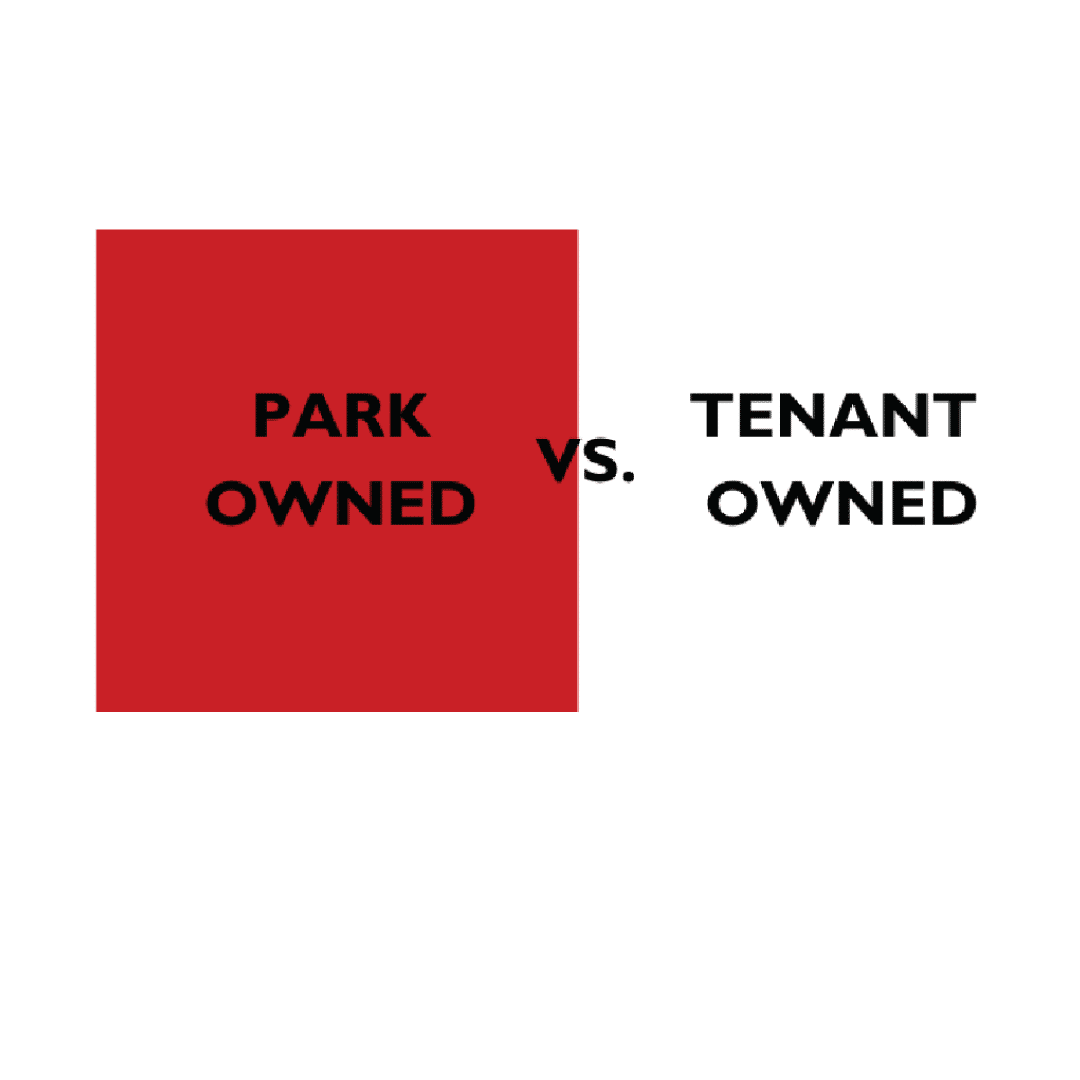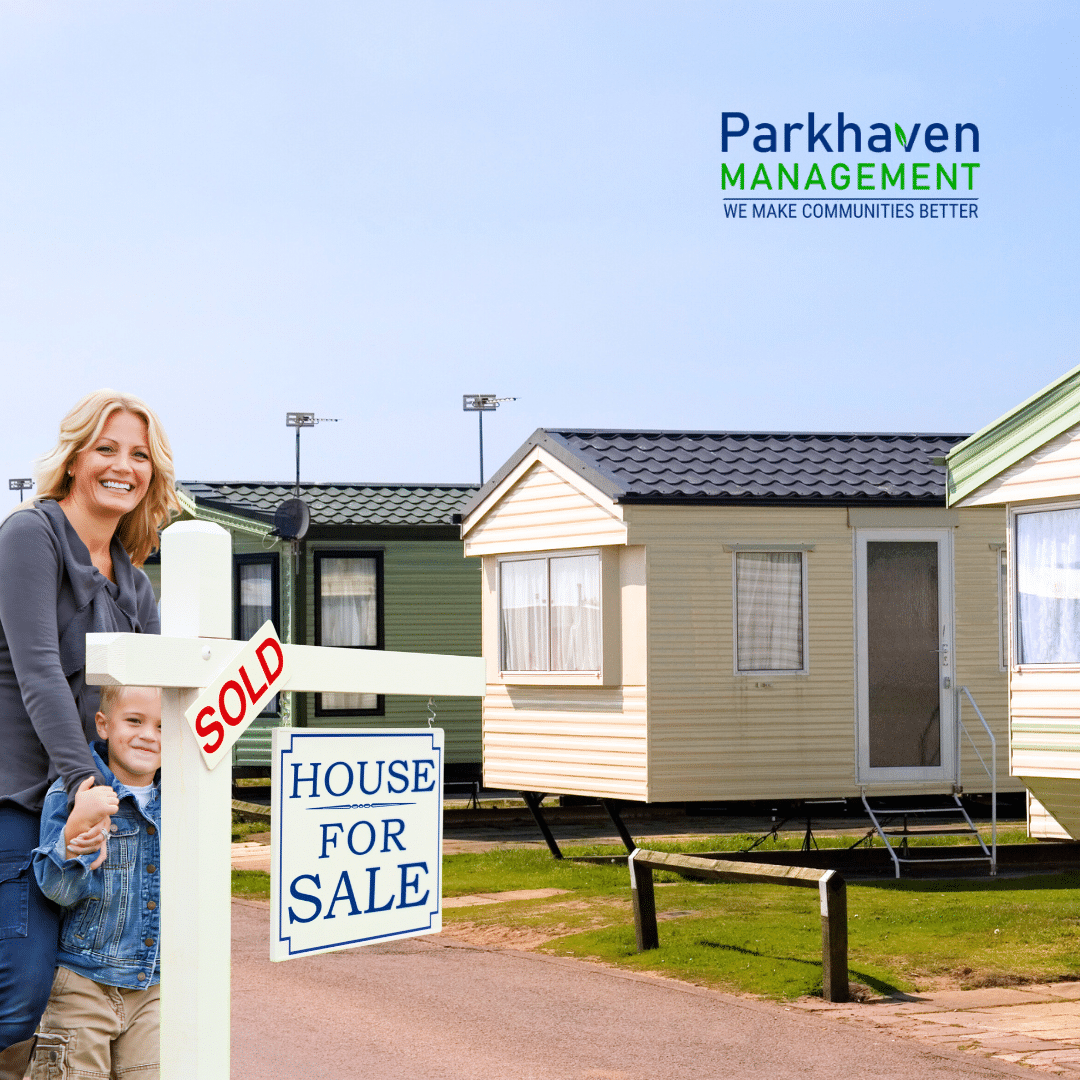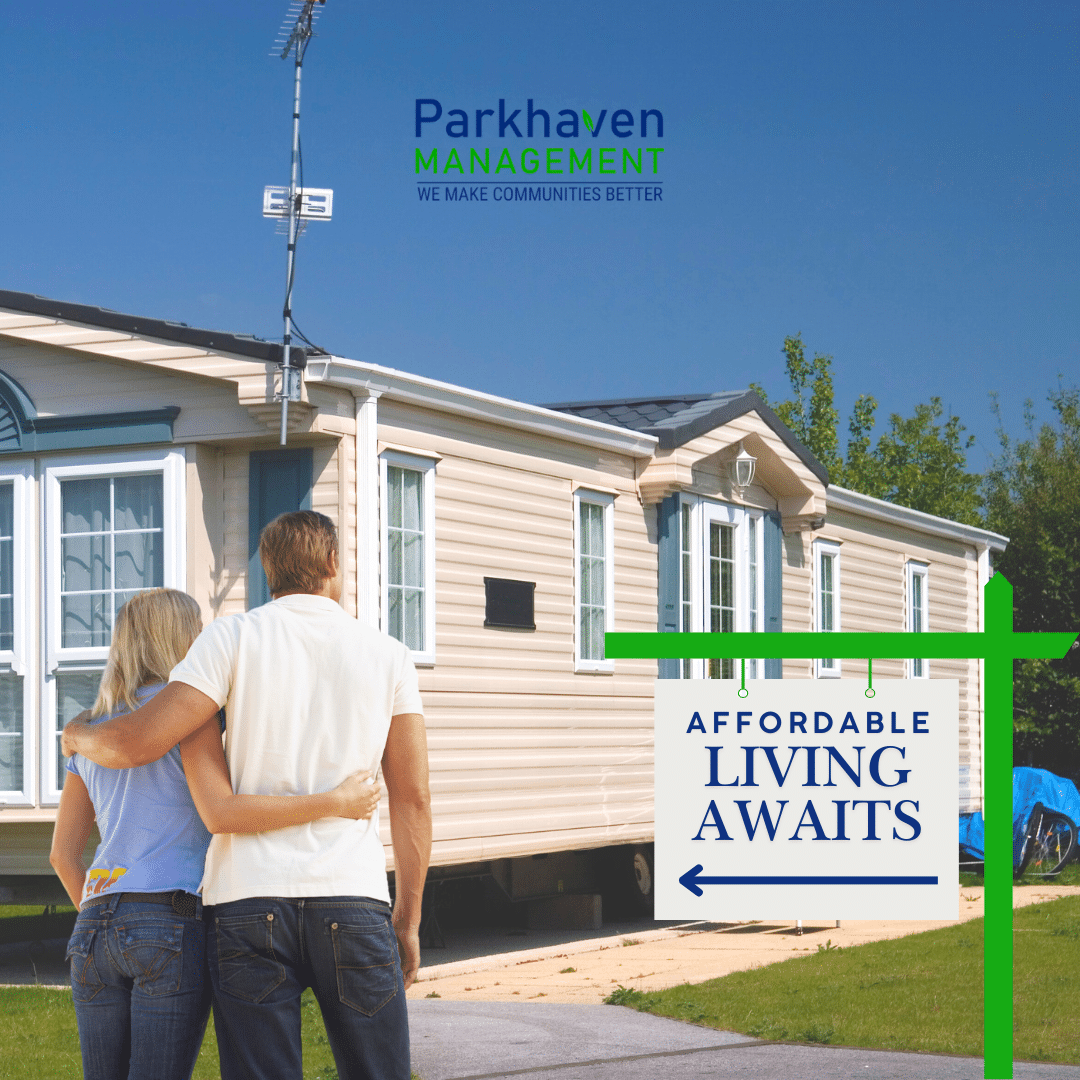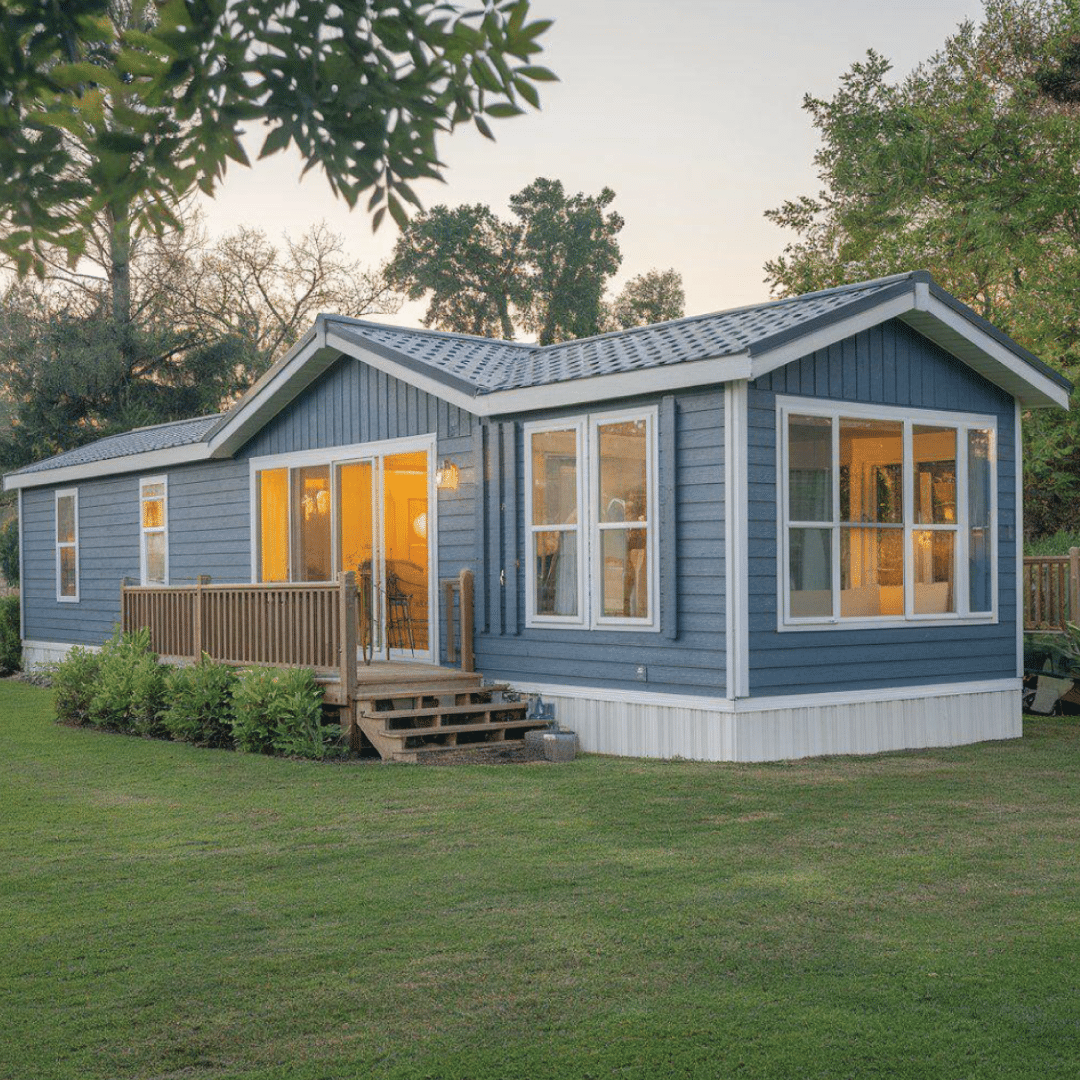
The tenant-owned homes model (TOH), where residents own their homes but rent the land beneath them, is
an increasingly popular option in manufactured housing communities. This model can foster a sense of pride
and community among residents.
The tenant-owned homes model (TOH), where residents own their homes but rent the land beneath them, is
an increasingly popular option in manufactured housing communities. This model can foster a sense of pride
and community among residents, as homeownership brings stability and investment in the place where they
live. However, for owners and managers of these communities, the tenant-owned homes model presents
specific challenges that can impact financial performance and the long-term success of the park.
In this post, we’ll explore three key disadvantages of the tenant-owned homes model: limited revenue
streams, quality control challenges, and infill difficulties. Understanding these drawbacks can help current
and prospective park owners weigh the pros and cons of adopting this approach.
1. Limited Revenue Streams: A Cap on Income Potential
One of the most significant drawbacks of the tenant-owned homes model is the limitation on potential
revenue. In this model, community owners or managers can only generate income through lot rents, which
are the fees charged to residents for leasing the land their homes sit on. This contrasts with the park-owned
homes (POH) model, where the community also earns income from renting out the homes themselves.
When you only collect lot rents, your top-line revenue can be lower compared to the POH model, where rental
income from homes adds to the overall cash flow. Park-owned homes provide a dual revenue stream—
renting the land and the home—creating more immediate profit opportunities. In a tenant-owned model, thisadded layer of income is lost, and the focus shifts solely to keeping lot rents competitive while covering costs
like infrastructure maintenance, utilities, and property management.
Additionally, raising lot rents to increase revenue comes with its own challenges. Since residents own their
homes, there’s a delicate balance in setting rent prices. Increase lot rents too aggressively, and you risk
alienating tenants who may not have the flexibility to pay more, especially in low- to moderate-income
communities. Unlike rental communities where turnover might be expected, in tenant-owned communities,
residents are often more permanent, and steep rent hikes could lead to dissatisfaction or even legal disputes
over rent control.
Moreover, depending on the location and demand for manufactured housing, raising lot rents may be limited
by the market’s affordability thresholds. Thus, even if there’s a demand for housing, the potential for
increasing revenue from lot rents is inherently capped.
2. Quality Control Challenges: Disparities in Home Maintenance and Appearance
Another disadvantage of the tenant-owned homes model is the lack of direct control over the quality and
maintenance of the homes within the community. In a park-owned home setting, the park owner can ensure
that all homes meet certain standards in terms of maintenance, aesthetics, and functionality. However, in a
tenant-owned scenario, once the homes are sold, the responsibility for upkeep falls entirely on the residents.
This can lead to disparities in the condition and appearance of homes, with some homeowners maintaining
their properties to high standards while others may neglect upkeep due to financial constraints, lack of
knowledge, or simply a lack of interest. Over time, this can result in a patchwork of homes that vary widely in
quality and curb appeal. Poorly maintained homes can bring down the overall aesthetic and desirability of the
community, making it less attractive to potential new residents and impacting property values.
For park owners, this lack of control presents a significant challenge. While many tenant-owned home
communities implement rules and guidelines around property maintenance, enforcing these rules can be
difficult, especially when dealing with long-term residents or those with limited means to invest in necessary
repairs. Disputes over maintenance standards can create tension between management and residents, and
without the power to step in and make improvements directly, community owners are left to hope that
residents will follow through on their responsibilities.
In contrast, the park-owned model allows community owners to handle maintenance issues in a timely and
uniform manner. Park owners can upgrade homes as needed, ensuring a consistent look and quality across
the community, which can help maintain property values and attract new residents. The tenant-owned
model, on the other hand, often leaves park owners in a reactive position, addressing problems only when
they arise, rather than taking a proactive approach to maintaining community standards.
3. Infill Challenges: Difficulties Filling Vacant Lots
A third disadvantage of the tenant-owned homes model involves infill challenges. Infill refers to the process of
bringing new homes into the community to fill vacant lots. This can be a significant issue when existing
homes within the community are outdated or poorly maintained, as prospective residents may be hesitant to
move into a community where the housing stock appears aged or neglected.
In a tenant-owned community, filling vacant lots can be more difficult because prospective residents are
typically looking to purchase a home that’s already on-site or bring in their own home. If the existing homes
are in poor condition, it can detract from the appeal of the community, making it harder to attract new buyers
or lessees for vacant lots.
In contrast, park-owned homes give owners the flexibility to replace old homes with newer models that meet
modern standards and preferences. This approach allows park owners to maintain control over the
appearance and desirability of the community by ensuring that homes are up-to-date and attractive to
prospective tenants. Additionally, with park-owned homes, community owners can offer move-in ready units,
which are often more appealing to potential residents who may not want the hassle of purchasing or moving
their own home.
In a tenant-owned model, however, this process becomes more complicated. Park owners may face delays in
finding new buyers for vacant lots, especially if the existing homes detract from the community’s overall
appeal. Moreover, the cost of bringing in a new home—either for the owner or the prospective tenant—can be
prohibitive, further limiting the pool of potential residents willing to move into a community where much of
the housing stock is outdated.
While the tenant-owned homes model offers benefits like promoting homeownership and creating long-term
community stability, it also comes with several key disadvantages for community owners. Limited revenue
streams, quality control challenges, and infill difficulties can all hinder the financial performance and
attractiveness of the community over time.
For those considering this model, it’s essential to weigh these drawbacks against the potential benefits,
taking into account the specific market conditions, tenant demographics, and long-term goals for the
community. While the tenant-owned model may work well in some situations, owners should be prepared to
address these challenges head-on, implementing strategies to mitigate their impact and ensure the
community remains desirable and financially viable in the long run.
https://themhpexchange.com/post/the-tenant-owned-homes-model-disadvantages

